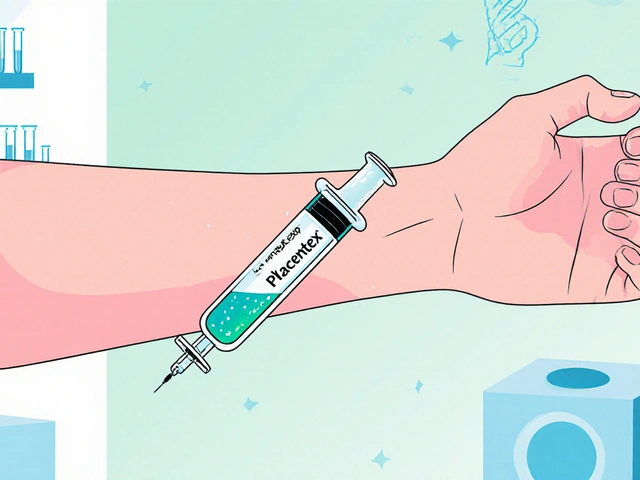Bempedoic Acid: How It Lowers LDL and When to Consider It
Got stubborn high LDL cholesterol despite diet or statins? Bempedoic acid is an oral medication that can help lower LDL for people who need extra reduction or can’t tolerate higher-dose statins. It’s not a miracle pill, but it’s a useful option in the toolbox for managing cholesterol.
How it works: bempedoic acid is a prodrug activated in the liver and blocks an enzyme called ATP citrate lyase (ACL). That slows cholesterol production upstream of where statins work. Because the drug activates mainly in the liver, it has less activity in muscle tissue, which is one reason it can be an alternative for people with statin-associated muscle symptoms.
Who might benefit
Doctors typically consider bempedoic acid for adults with atherosclerotic cardiovascular disease (ASCVD) or heterozygous familial hypercholesterolemia (HeFH) who still have high LDL despite maximally tolerated statin therapy. It’s also an option for people who can’t take sufficient statin doses because of side effects. Many patients use it alongside ezetimibe or a low-dose statin to get bigger LDL drops.
What to expect from treatment
Alone, bempedoic acid usually gives a modest LDL reduction. Adding ezetimibe or a tolerated statin increases the effect. If you need very large LDL drops, injectable PCSK9 inhibitors are stronger options, but they’re more expensive and require injections. Your clinician will weigh effectiveness, cost, and convenience when recommending therapy.
Before starting, your clinician should check a baseline lipid panel and basic blood tests. Common monitoring includes repeat lipid levels to see how well treatment works, liver tests, and checks for uric acid if you have gout risk. If you develop new muscle pain, unusual tiredness, or joint pain, tell your clinician—those symptoms may need evaluation.
Side effects are generally mild but worth noting. Increased uric acid and gout attacks have been reported. Some people report muscle aches, elevated liver enzymes, or digestive symptoms. Serious reactions are uncommon, but any sudden joint swelling or severe muscle pain should prompt a call to your provider.
Drug interactions: bempedoic acid can affect how some other drugs behave. That includes some statins and other cholesterol medicines, so your doctor may change doses or choose different drugs. Don’t start or stop medicines without checking with your clinician or pharmacist.
Practical tips: if you’re considering bempedoic acid, bring recent lipid numbers and a list of current meds to your appointment. Ask how much LDL reduction you can expect given your current regimen and whether your clinician recommends combining it with ezetimibe. If cost is a concern, ask about patient assistance programs or cheaper alternative strategies.
Questions to ask your clinician: Will this replace my statin or be added? What side effects should I watch for? How often will my labs be checked? If you want a clear next step, request a personalized LDL target and a follow-up plan to see whether the treatment is doing the job.
Bempedoic acid is a practical option for certain patients who need extra LDL lowering or who struggle with statins. It’s not right for everyone, but with the right monitoring and expectations it can help lower heart disease risk for people who need another tool to control cholesterol.

Fed up with statins and their side effects? This guide explores non-statin lipid-lowering agents, including PCSK9 inhibitors, ezetimibe, and bempedoic acid. Get the lowdown on how these meds work, who benefits, their side effects, and what science says in 2025. Find out about the latest approved alternatives and tips for choosing between them. Practical, human, and totally up-to-date.





